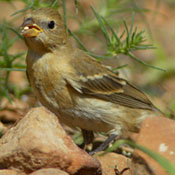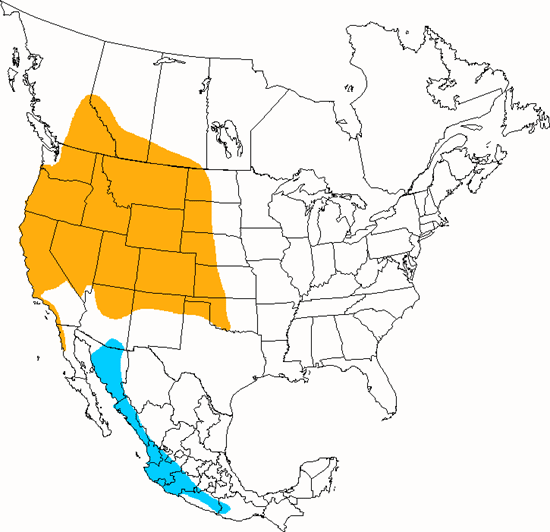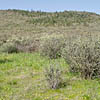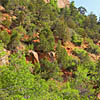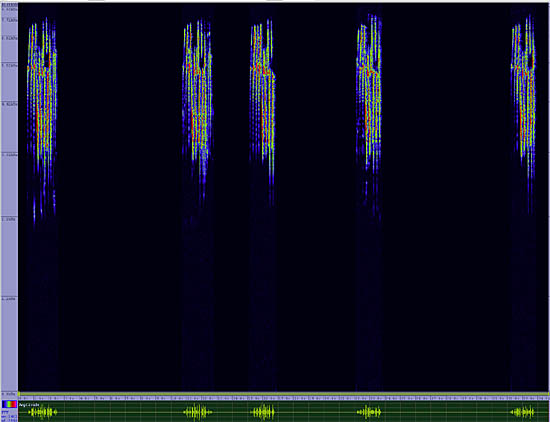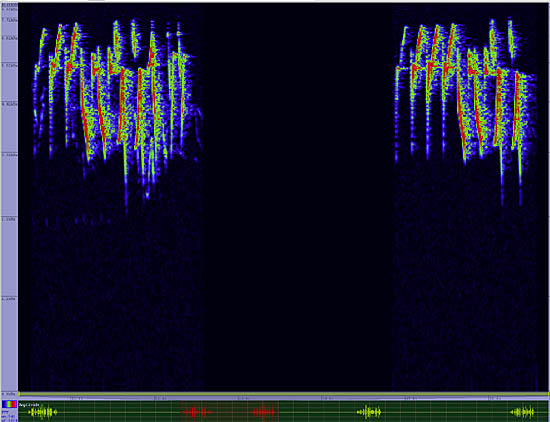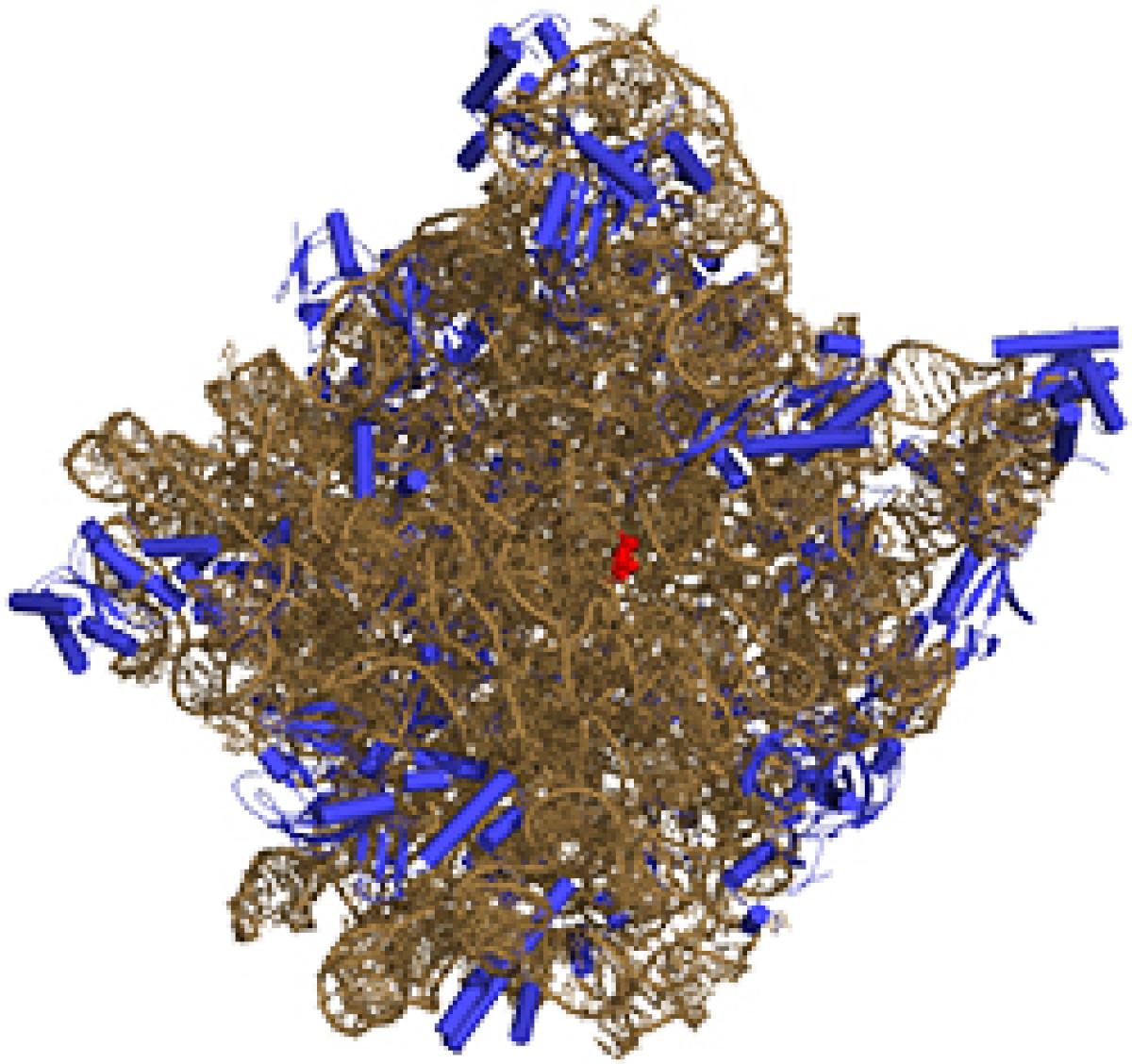Lazuli Bunting
Passerina amoena

Perching
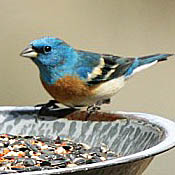
Length: 6 in. (14 cm )
Found in open brushy areas, riparian undergrowth and open woodlands, the Lazuli Bunting eats a combination of insects and seeds depending on the time of year. In the summer, breeding occurs at higher elevations, and the nest is a cup of woven grass placed at mid levels in dense shrubbery or trees. It occasionally hybridizes with the closely related Indigo Bunting.
The four-digit banding code is LAZB.
Bibliographic details:
- Article: Lazuli Bunting
- Author(s): Dr. Biology
- Publisher: Arizona State University School of Life Sciences Ask A Biologist
- Site name: ASU - Ask A Biologist
- Date published: 13 Jul, 2017
- Date accessed:
- Link: https://askabiologist.asu.edu/activities/bird/lazuli-bunting
APA Style
Dr. Biology. (Thu, 07/13/2017 - 15:37). Lazuli Bunting. ASU - Ask A Biologist. Retrieved from https://askabiologist.asu.edu/activities/bird/lazuli-bunting
Chicago Manual of Style
Dr. Biology. "Lazuli Bunting". ASU - Ask A Biologist. 13 Jul 2017. https://askabiologist.asu.edu/activities/bird/lazuli-bunting
Dr. Biology. "Lazuli Bunting". ASU - Ask A Biologist. 13 Jul 2017. ASU - Ask A Biologist, Web. https://askabiologist.asu.edu/activities/bird/lazuli-bunting
MLA 2017 Style
Be Part of
Ask A Biologist
By volunteering, or simply sending us feedback on the site. Scientists, teachers, writers, illustrators, and translators are all important to the program. If you are interested in helping with the website we have a Volunteers page to get the process started.

